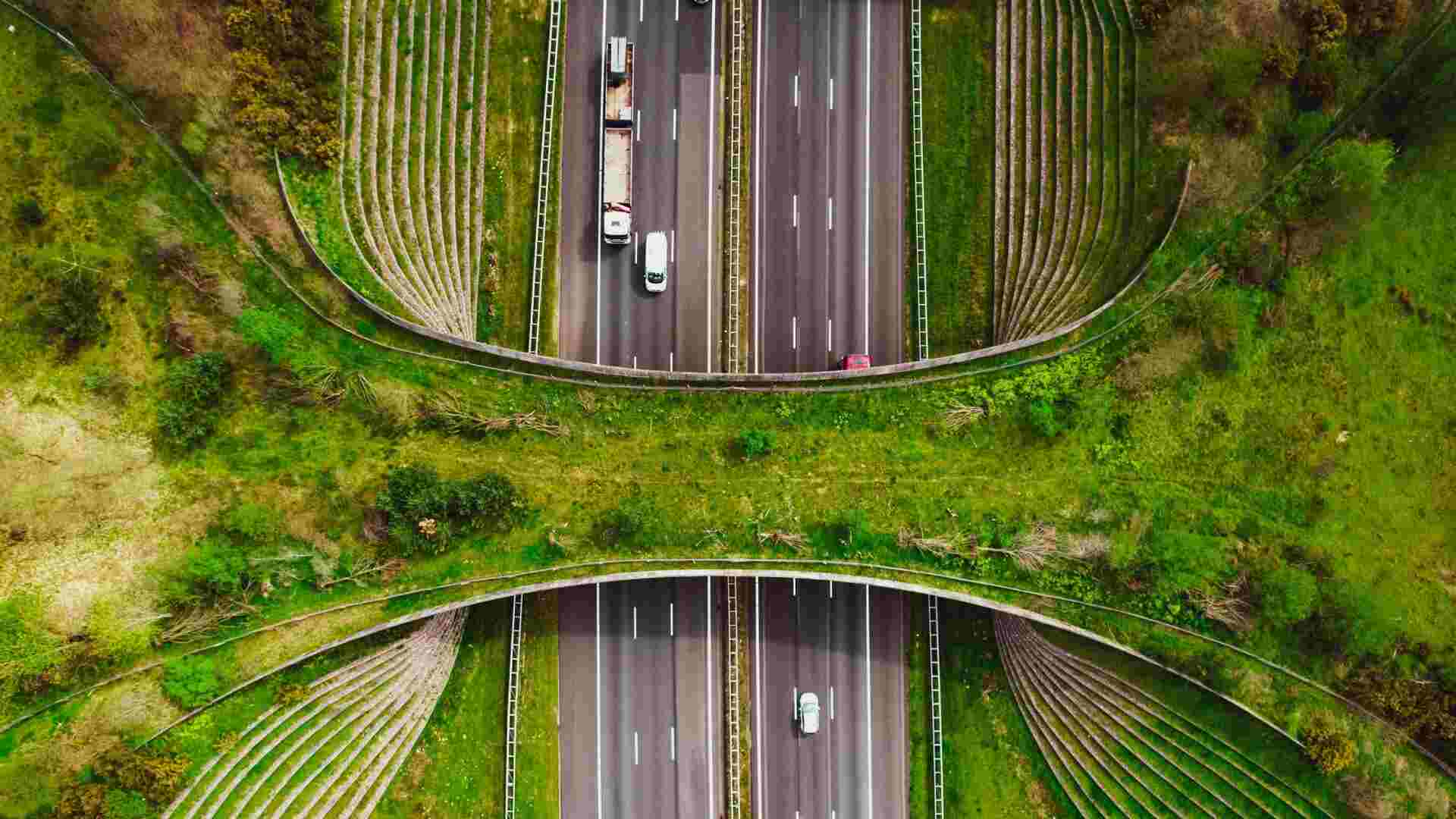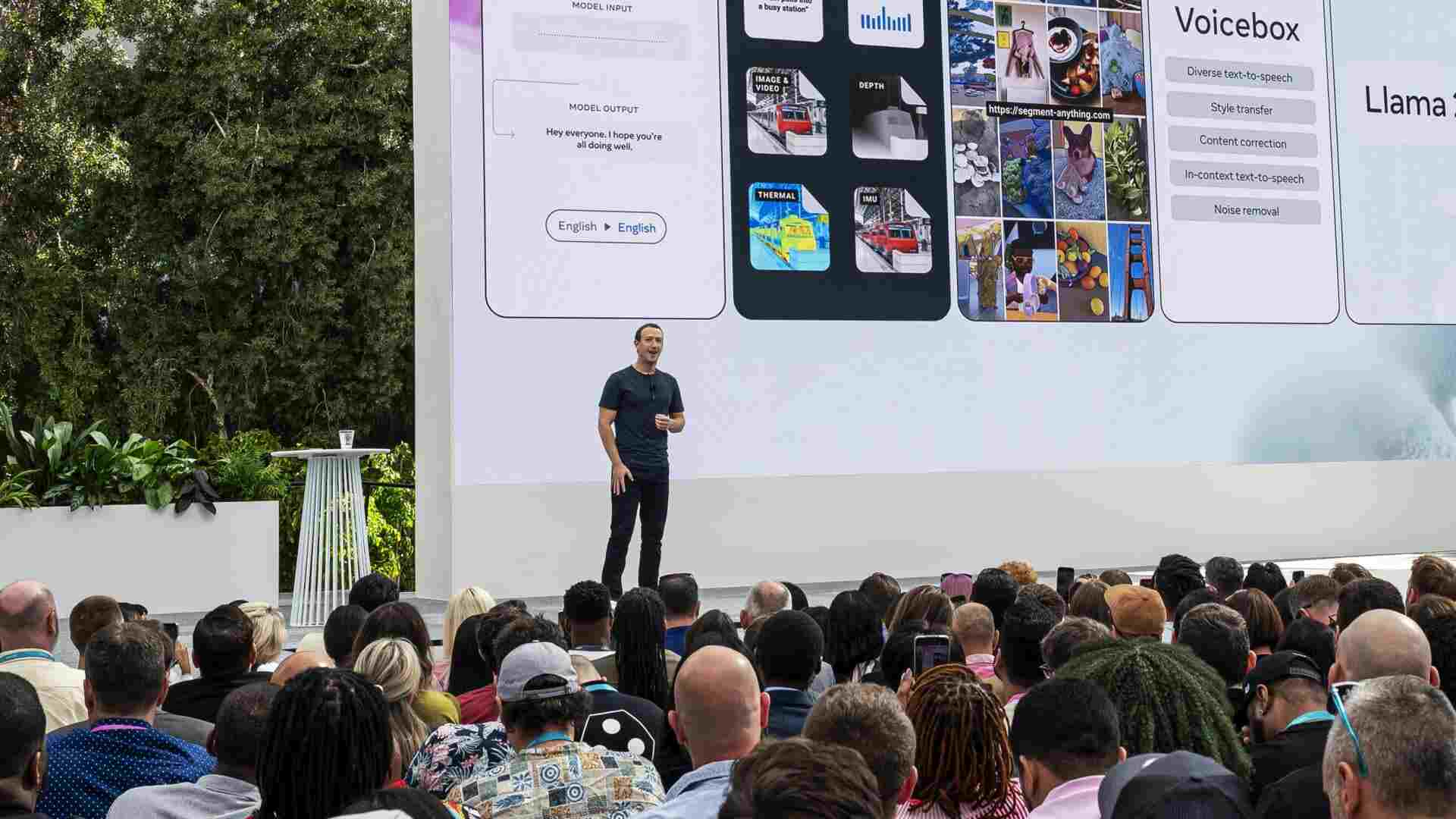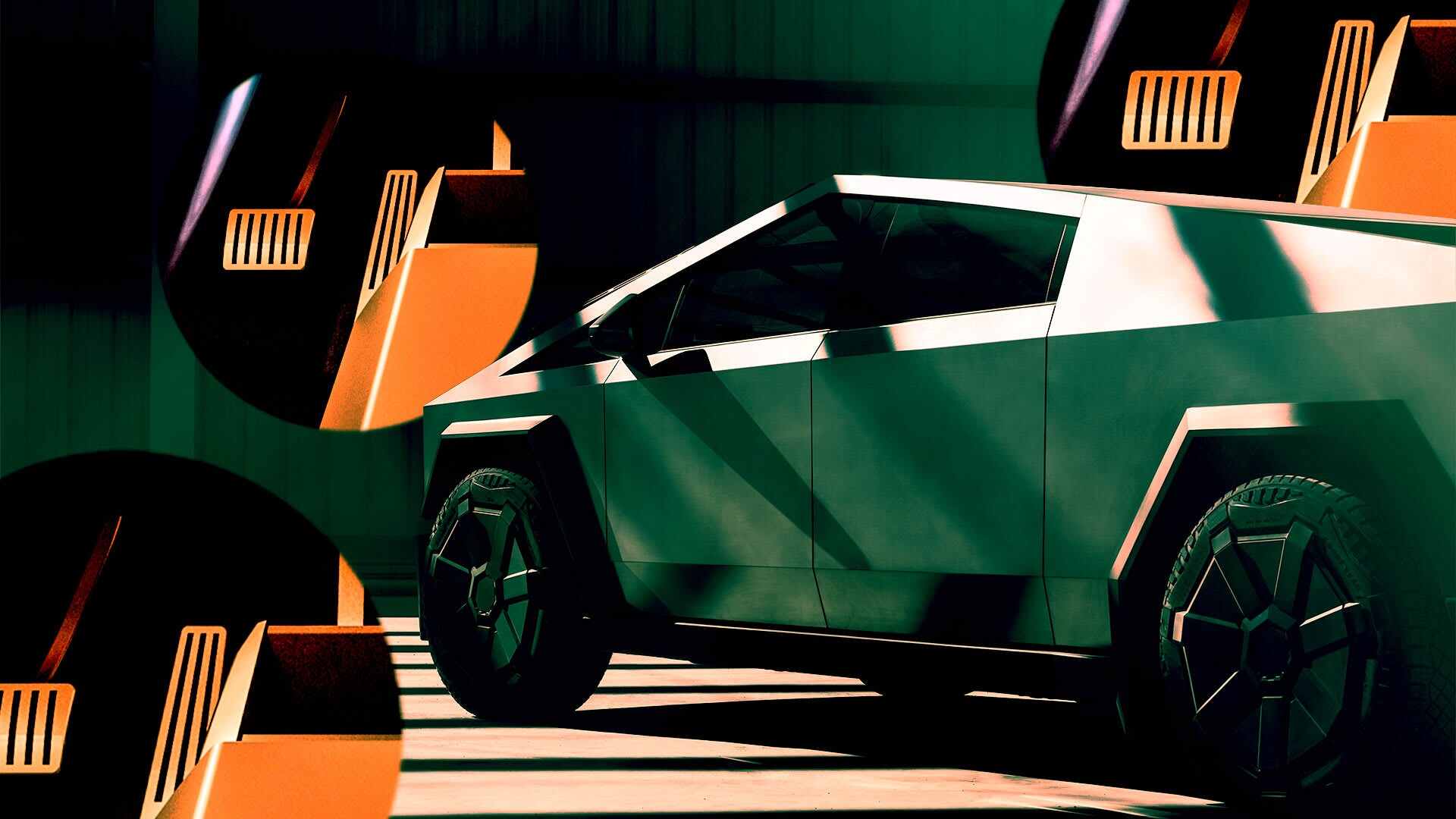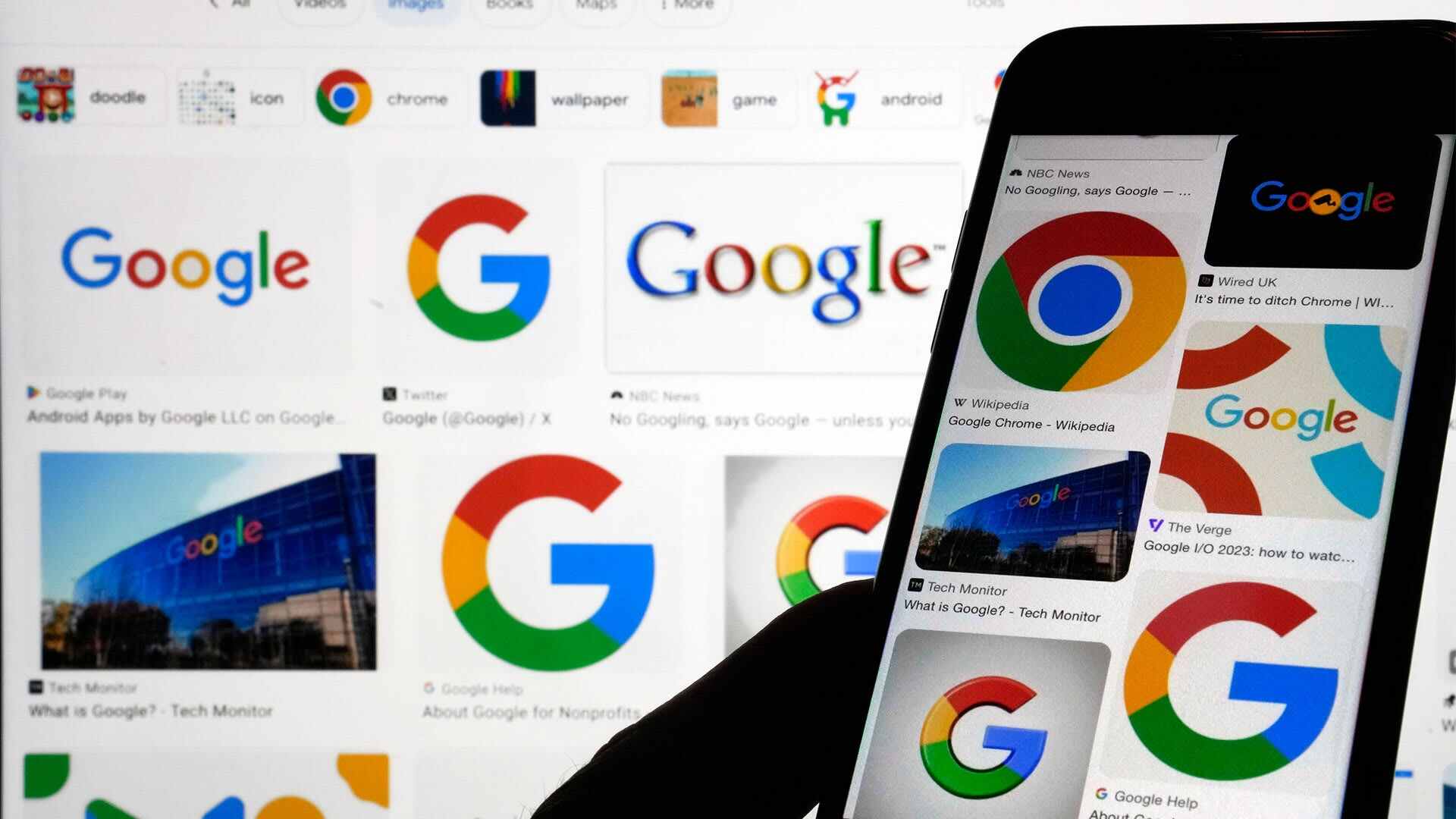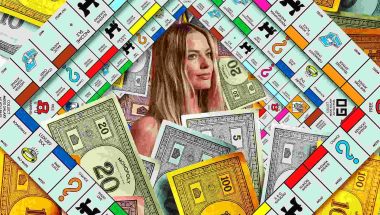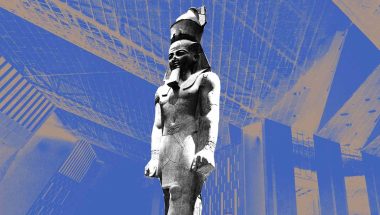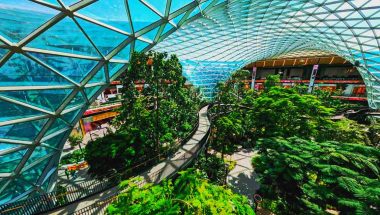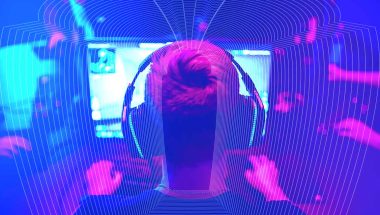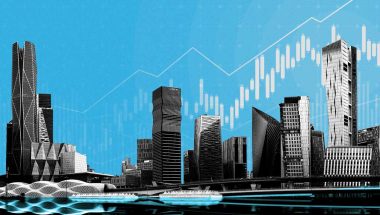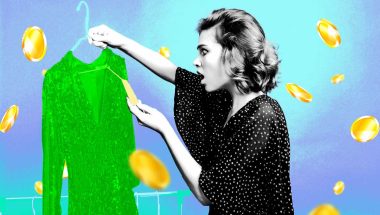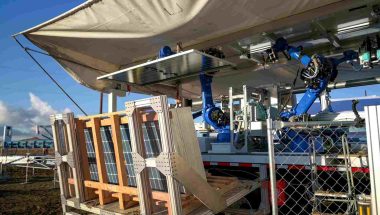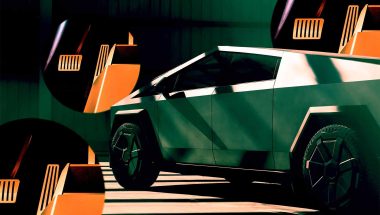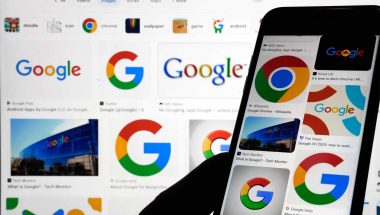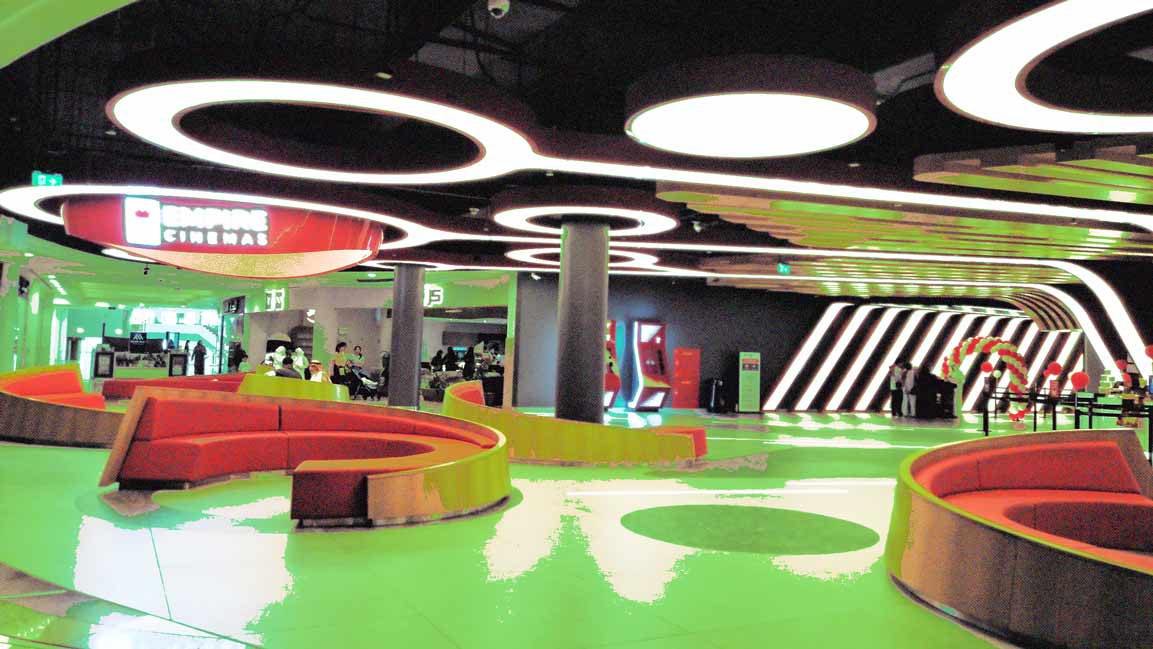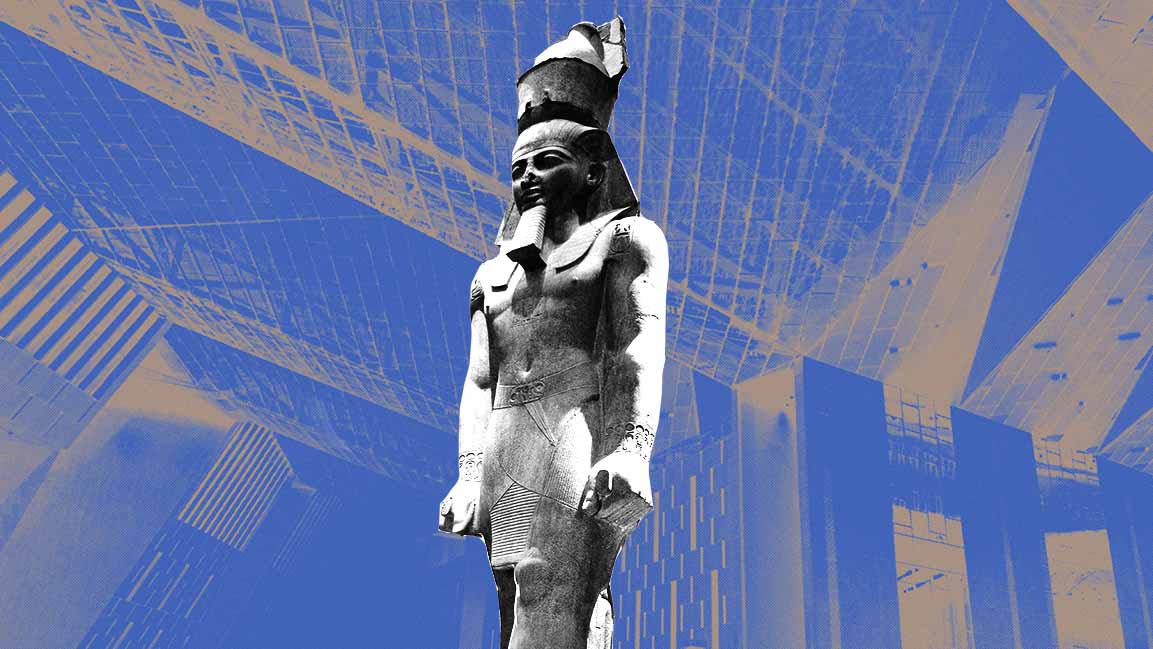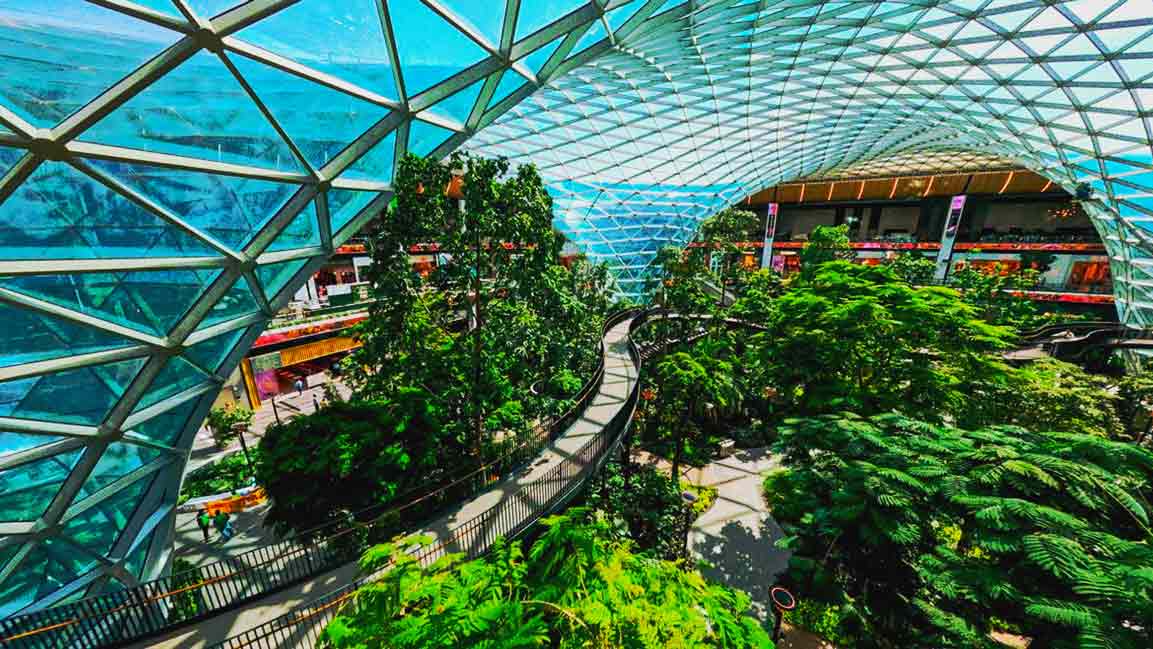- | 9:00 am
What AI means to art and artists (and it’s not what you think)
The chief AI officer at Creatopy asks what does generative AI mean for art? Who is the real artist? The response may surprise you.
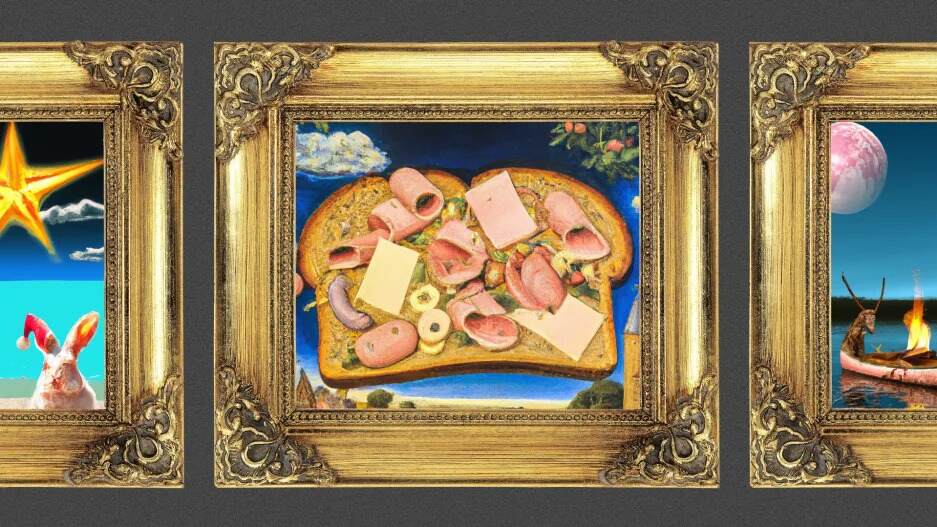
Can you separate a piece of art from the person that created it?
Earlier this year at the Colorado State Fair, Jason Allen submitted a piece called Théâtre D’opéra Spatial into the “digitally manipulated photography” category.
The scope and imagination of the piece stunned the judges. The three silhouetted figures in the center of the frame are eclipsed by a sci-fi scene packed with out-of-this-world detail. And as a result, the piece beat 20 other entries to claim first place and win a $300 prize.
However, this result has sparked a debate which extends far beyond the Colorado Fine Art community. Jason Allen’s Théâtre D’opéra Spatial questions the very nature of human ingenuity and creativity itself—and where it is going.
FROM 1S AND 0S TO KEYWORDS TO ART
Jason Allen didn’t create his winning piece alone.
The artwork had been created in large part by an artificial intelligence tool, Midjourney, that can generate realistic images at a user’s command. Users type in ‘/imagine’, followed by a series of keywords which guide its shape, size, and style. And then the AI, trained on billions of internet images, creates something entirely unique.
The images these programs create are amazing. But what does it mean for art? Who is the real artist? Did Jason Allen unfairly cheat his competition?
Allen seems to think, “Art is dead, dude. It’s over. AI won. Humans lost.”
It just doesn’t seem so to us. AI is another step forward in empowering human creativity—not diminishing it. It just takes time for culture to catch up with technology. For example, you can imagine a similar debate happening during the birth of photography. What did it mean for portrait painters? Or what did the birth of the printing press mean for monks who would spend years carefully copying complex calligraphy? What did the birth of film mean for theater?
Creativity is the art of expressing an idea with purpose. And AI is empowering us to do that faster than ever.
ARTIFICIAL INTELLECTUAL PROPERTY
Technology transforms what we are capable of doing. Or at the very least accelerates it by orders of magnitude.
Jason Allen may have used AI to create an image. But he didn’t do it without thought.
He started by generating thousands of images, changing the text prompts with every creation, exploring new settings, styles, and inspirations. This rabbit hole led him to prompts with “space opera theater” alongside — “a woman in a Victorian frilly dress, wearing a space helmet.”
In an interview with the Washington Post, he said he spent 80 hours making more than 900 iterations of the art, tweaking keywords and experimenting with prompts. When he found images he really liked, he pulled them into Adobe Photoshop to edit certain elements. In one image, the central figure was missing a head, so he painted in a crop of dark, wavy hair.
He declined to share the full series of words he used to create his art, saying it is his artistic product, and that he intends to publish it later. “If there’s one thing you can take ownership of, it’s your prompt,” he said.
LETTING THE ROBOT SPEAK
I recently was asked to give a talk explaining AI to a group of 15-25 year olds. And this was a challenge. How do you cater to the varying degrees of knowledge and understanding in the room?
I couldn’t figure it out. So, inspired by Jason Allen, I asked GPT3 and DALL-E 2, a similar tool to Midjourney, to do it for me.
Using text on the internet, GPT-3 is trained to generate realistic human text. GPT-3 has been used to create articles, poetry, stories, news reports, and dialogue using just a small amount of input text that can be used to produce large amounts of quality copy.
GPT-3 picked the title. It gave the answers. GPT3 and DALL-E2 created all the content. But they still needed me. Without a human guiding it, that AI could never have explained AI as well as it did.
AI tools are omnipresent across industries. They already shape more of our lives than we realize. It’s creating new worlds in the Metaverse. It’s opening new doors for scientific progress. It’s even unlocking new math.
There was a phase—up to around 2010—where we were stuck in an “AI Winter.” There was little progress in AI complexity beyond incremental increases in processing power.
But now we are seeing daily innovation. Speaking about his winning artwork, Jason Allen pointed out that the rate of AI development was so fast, his piece was already out of date. “You’re looking at art from a month ago,” he added. “In technology terms, that’s decades. This piece is antiquated compared to what Midjourney is doing now.”
This is a hugely exciting time to be alive. The cost of trying is shrinking as the speed of action accelerates. We are about to witness a Cambrian explosion of startups, products, and ideas. With the support of AI, scientists, artists, and entrepreneurs will be able to own and produce ideas and MVPs independently—and at speeds previously unimaginable.
This isn’t about separating the art from the artist. Or the AI from the art. It’s about combining the powers of each to create something we never could have on our own.











